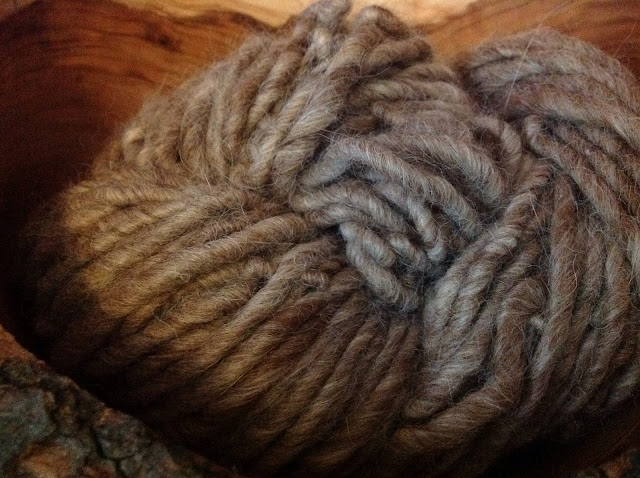In this post, I will be showing the process of dyeing the yarn using a natural dye obtained from black beans. My goal is to get a nice blue color. However, black bean dye is very sensitive and I have seen color results ranging from grey to blue to sage green. I will be using this process on the Alpaca yarn I discussed in my last post, as well as some yarn I purchased for a dollar at Salvation Army. This second yarn came in a ball, but I re-wound it into a skein (on my arm this time) similar to my home-made yarn so that the dye would take better.
The method I followed is outlined at Osborn Fiber Studio. The first step is Mordanting. Mordant helps the yarn hold color, locking the dye into the fiber follicle. Since I am dyeing animal fibers, I chose to use Alum as my mordant.
To get the mordant to stick, bring the water to a boil, then simmer, covered, for one hour. The smell at this point was not pleasant. Alum is somewhat toxic, so I had to be very careful to avoid fumes and steam. The smell was somewhat headache inducing even so.
While the mordant bath was simmering, I worked on preparing the black beans. I filled my stock pot (food safe acceptable here) with 40 oz of black beans (4x the weight of the yarn) and water and covered it. This was then allowed to sit over night with the occasional stir.
The white yarn started picking up color as soon as it touched the bean water. The alpaca fiber seems to be picking up color more slowly. I will be checking it occasionally for the next day or two and may leave the yarn in the dye for a few days if needed.
I will be posting a follow up on this post with photos on the finished yarns and information on how to wash and dry the completed skeins.













